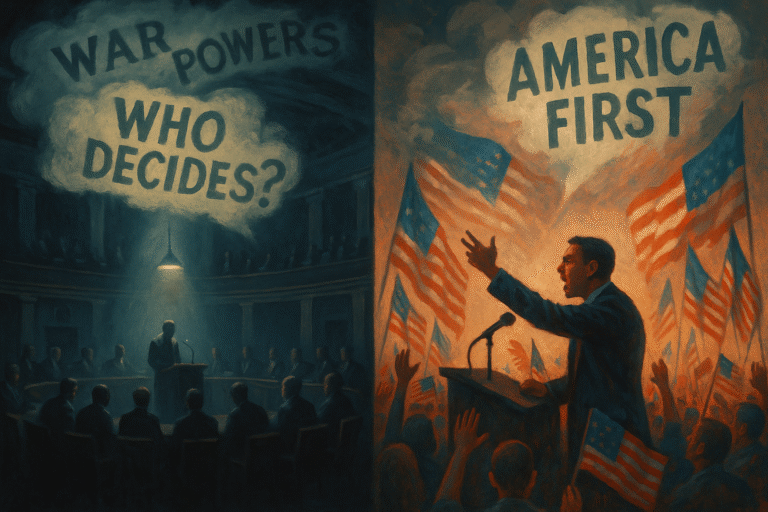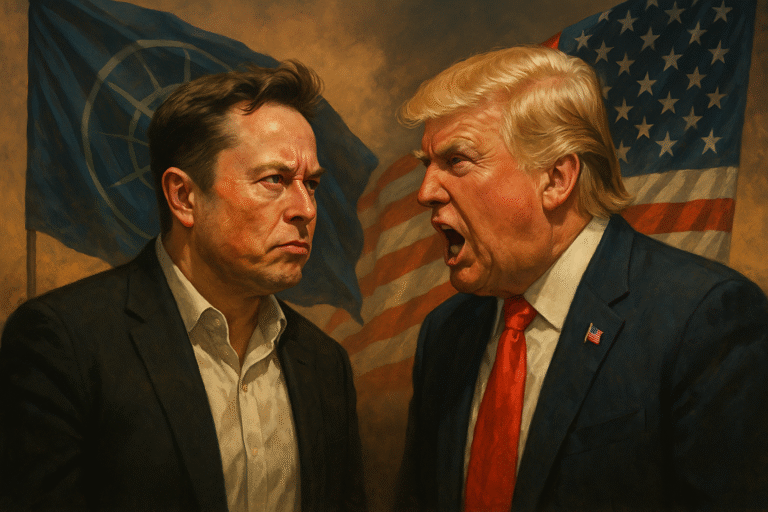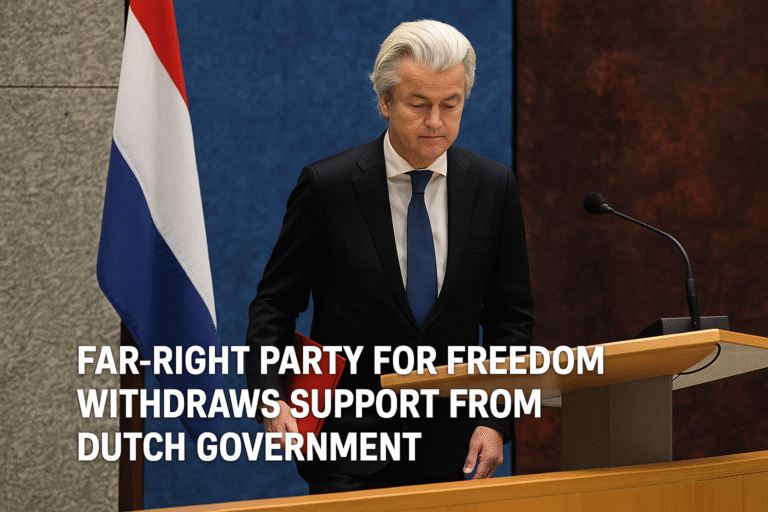
The article from The Guardian reports that Putin has declared a 72-hour ceasefire in Ukraine from May 8–10, 2025, to mark the 80th anniversary of the end of WWII. The announcement reflects Russia’s attempt to present itself as a peace broker while possibly creating an opportunity for both sides to reflect on the historical significance of the conflict. The temporary ceasefire is likely designed to garner international support and place pressure on Ukraine to reciprocate, although skepticism about its effectiveness remains due to past violations of ceasefire agreements.
For further reading, visit The Guardian.
Vladimir Putin’s 72-hour ceasefire in Ukraine, declared for May 8–10, 2025, to commemorate the 80th anniversary of WWII’s end, can be seen as both a political statement and a strategic move. The timing seeks to align with Russia’s historical narrative, positioning the country as a peace advocate. However, the brief, limited nature of the ceasefire and past violations of similar agreements reveal its possible tactical nature. Ukraine, understandably skeptical due to Russia’s prior breaches, is unlikely to perceive this as a genuine step toward peace. Putin’s framing of the ceasefire as a noble act places pressure on Ukraine to reciprocate, while reinforcing Russia’s role as the moral and military authority in the region.
Tools of Discourse Analysis:
- Framing: The announcement is framed as a humanitarian gesture, but strategically, it may serve to maintain Russia’s control and military advantage.
- Lexical Choices: Terms like “adequate and effective response” suggest that Russia’s military remains poised for action, signaling readiness for escalation.
- Contradiction: The ceasefire’s temporary nature stands in contrast with Russia’s history of ceasefire violations, calling into question its sincerity.
- Discursive Positioning: By positioning itself as the peacemaker, Russia deflects criticism and shifts the responsibility for further negotiations onto Ukraine.
This analysis incorporates several tools of discourse analysis, including framing, lexical choices, contradiction, and discursive positioning, to understand how the narrative is constructed and what political implications it may carry.




Leave a Reply